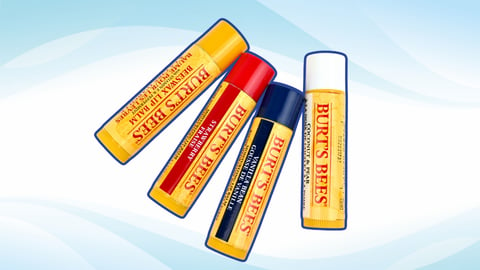Social Commerce Pioneers: How Estee Lauder’s Riding Beauty’s ‘Renaissance’
Innovation is back in beauty after a tumultuous few years.
That’s according to The Estee Laude Companies, which reported better-than-expected organic net sales growth of 9% in its fiscal third quarter, ended March 31. Net sales grew in every product category thanks to both brick-and-mortar retail recovery and online sales.
Consumer demand has been robust despite inflation, said Fabrizio Freda, president and CEO. The No. 44 publicly owned consumer goods company is seeing particular consumer momentum in the United States and leaning into social media and virtual experiences to seize on this.
One-third of Estee Lauder’s North America business is a direct-to-consumer model, including freestanding store brand.com, select online activity, and social media direct activity. As a result, the company has significantly more consumer data to better understand consumers than previously, he noted.
What’s more, new product innovation accounted for nearly 30% of sales. “We continue to elevate our ability to leverage data analytics with our best-in-class creative talent and R&D to successfully anticipate scale and set trends,” he added.
The company has expanded its TikTok partnership and is piloting new innovations on the platform to pioneer social commerce innovations. In addition to launching TikTok storefronts in the U.S. that link to the brand.com sites, several brands also expanded Instagram Shopping capabilities and introduced category-powered lenses on Snapchat — again linking to brand.com sites.
[See also: CPGs Seize On Rocketing TikTok Trends]
As with many CPGs, Estee Lauder is further exploring the potential of the metaverse, and its namesake brand was the exclusive beauty brand partner of Decentraland Metaverse Fashion Week.
“Connecting with our consumer wherever they are is paramount, and we are excited to be testing and learning in this new ecosystem,” said Freda.
Learn What Forrester Sees as the Future of the Metaverse
Estee Lauder brands are also increasingly leveraging new campaign management tools globally to tailor communication to drive repeat purchases, attract new consumers, and re-engage with existing ones.
The makeup category is in a renaissance, said the CEO, thanks to a return to the office, dining social gatherings, and vacationing, and it’s a moment the company has been preparing for. “With the user education coming back, the entire category is flourishing again.”
Given makeup’s link to consumer mood, the category has further benefitted from a positive sense of COVID recovery over the last few months, he said.
The MAC brand, in particular, is seeing its recovery efforts pay off as it reaches consumers more effectively thanks to an improved distribution mix and refocusing on its core multi-ethnic consumers. It’s also growing its mascara base across Gen Z and younger millennials, and the newly launched MACStack mascara took off TikTok — generating more than 153 million views during the quarter and exceeding sales expectations.
[First Look: MAC Cosmetics Concept Store]
“Innovation is back,” said Freda, “meaning not only innovation in taste, style, looks — that's been always the core of the brand — but also innovation in R&D, new ideas of performance like MACStack, which is, frankly, a technical product innovation as well.”
Consumer Sentiment
In an earnings call with investors, the exec dug in a little deeper on how consumer sentiment is affecting sales. While ramification vary by region, sentiment is solid in the United States, with prestige interestingly accelerating faster than mass, he said.
“They both are growing, but prestige is growing much more. And this is a sign … that consumers feel the confidence to go for quality, for performance, for experience, and for what they feel connected to more and more. And to go back to the pleasure, to the joy, to the self-pampering feelings, which are overall a positive consumer sentiment.”
This positive sentiment doesn’t necessarily equate to trust in the long-term economy, he noted, but rather in emerging from difficult periods.
“This consumer sentiment is sometimes even stronger in movement of high stress, because there [are] more pampering needs,” he said, which may mean the prestige category is more resilient to external pressures.






